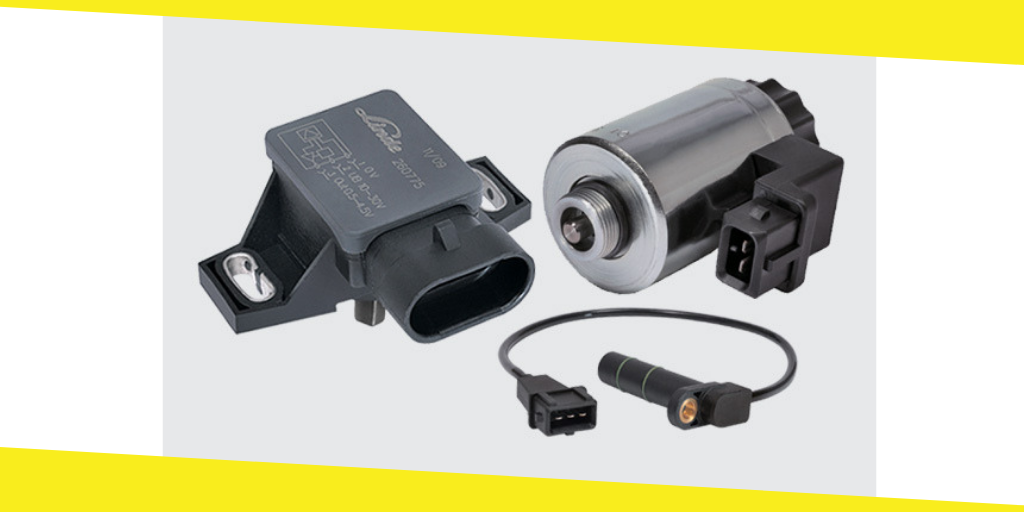Which Devices Are Utilized When Integrating IoT and Smart Manufacturing?
This post was last updated on December 9th, 2024

A question that has come up quite a bit in the Factory 4.0 world is what do we need to get on the IOT locomotive?
When you break it down to its simplest components you only need a small amount to yield benefits from implementing IOT.
The first part is real world connections. These are inputs and outputs.
1. Inputs – Sensors
A sensor can come in any variety of packages. These can sense motion, a switch closure, temperature, weight, material properties, vision systems, etc. These can be analog, variable input; or digital, open or closed input. The single binary inputs are the simplest because they don’t require much more than a single line input, just a one or a zero.
The analog sensors require a variable signal and a device to convert that into a value. As an example to might use a sensor that reads 0-100 degrees Celsius values from a 0-10v signal. You convert that analog signal into a digital number. That number is then sent up to the cloud to monitor that value.
1. Outputs – Actuators
These can be motors, hydraulic cylinders, relays, etc.
You may want to monitor that analog temperature and if it exceeds 80 degrees Celsius you actuate a motor to move the sensor or the device away from the heating element.
1a compiler
Compilers are used to process information on the local level. Sometimes even making decisions before moving up to the cloud.
As an example the conversion to a digital value as opposed to sending the voltage out then converting it to a temperature.
Sometimes these combine a dozen or more digital signals that can all be send in a single communication packet. All of these have to have an indicator as to the source of the signal so when it gets to the cloud it gets put into the correct register for processing.
2. Processor input / uplink
Processor or uplink refer to the way the information is communicated. If it’s communicated via direct wiring or hardware, just a simple on or off input.
The uplink refers to when you’re using a communications protocol. So instead of a sensor turning on and off like a light connected to a switch; this is like your mouse click and the computer processes this to tell your screen what to display.
The communications have a more complex protocol which dictates the order that information is going to be received and usually has a defined rate at which it’s sent so if it doesn’t see the info it can report the error.
3. Control / computer
The control or computer is taking the information and acting upon it. It may have one, both or any combination to get the information into the control or computer.
In the case of a local control where speed is of the essence, a local control or processor that handles safety monitoring is very common. Any delay could increase the severity of a problem so in these instances a local level of decision making must be done. It can then be sent on with an alarm that a safety condition exists and was acted upon.
The information may be processed at local level or processed after the discreet device which then feeds the info up to the cloud. In some systems the processing or decision is made after it reaches the cloud.
At this level the information is accumulated and that information is added to existing information and then compared to an existing model and operated upon.
The modeling is always evolving in Artificial Intelligence. You start with very basic information which models linear points that can be measured and compared against. As the AI develops the model further, the model can more and more accurately predict outputs with enough of these given inputs.
The information can then be filtered into reports, compiled with other information such as taking information from fixed sensors, comparing this against sensors that are in motion, for example a sensor on buoy measuring wave information along with water temperature, water currents, time of year, time of day, etc and then comparing this with sensors on a boat and sensors on a drone which are in motion and taking similar readings which give us a more complete picture of what we measure.
This is how we build smarter cars, boats, cities, devices and more importantly, smarter decisions.
*Not to be overlooked in all of this development is the increasing demand for cybersecurity that these open source items create. Unfortunately with all of these direct connected sensors, compilers and computers connecting to the internet it creates holes that can be exploited if not securely reinforced.
Many times IT departments prefer to use an intranet or Local Area Network (LAN) that does not communicate outside of the walls of the company, plant or server location. Unfortunately many companies are using externally hosted server farms so this can require an even greater need for security.
Welcome to Factory 4.0! Joseph Zulick is a writer and manager at MRO Electric.
Recommended For You
Creating a Sustainable Business Model
Most Inside
Most Inside offers high-quality recommendations and valuable updates to enhance all aspects of your life, providing premium guidance and enriching experiences.




